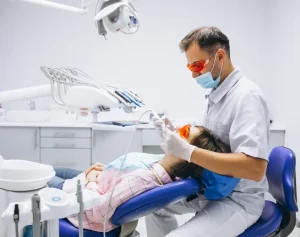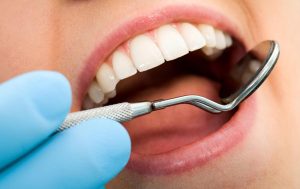Casual players who want to have fun without having...
In the realm of contemporary gaming, rewards are quite...
With its red head and white dots, Amanita Muscaria,...
Everyone needs a quick and enjoyable break from their...
Mobile gaming has changed significantly in the past few...
Introduction Teenage years are a crucial period for personal...
Regarding reaching your objectives for health and fitness, weight loss...
For those who want the luxury and workmanship of...
Commonly affecting persons of all ages, knee pain can...
Achieving success in the hectic surroundings of today depends...
















